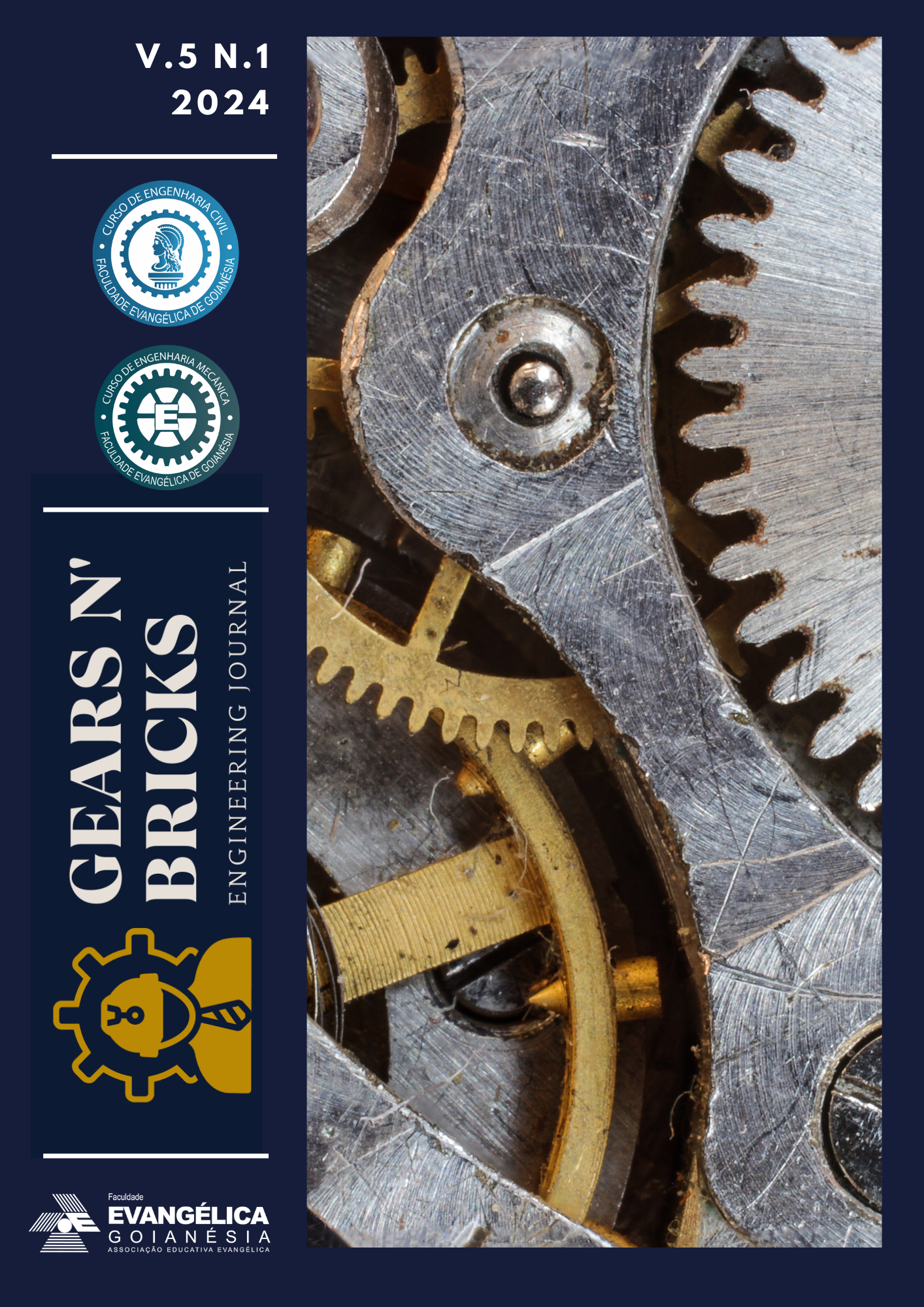SIDE TIPPING CRANE PROJECT (HILO)
Keywords:
Lifting Machine;, Dimensioning;, Manufacturing;, Costs.Abstract
The sugarcane-alcohol and Sucroenergetic sector are showing significant evolution in industrial expansion with the increasing production of food products, fuel, and clean, renewable energy. This evolution in the industry implies a demand for updates in the equipment of this sector, whether structurally or technologically. This study aims to dimension structurally the components of the lateral tipping crane, improving its applicability and reducing raw material waste during the unloading of a 40-ton sugarcane wagon. The structural design will fully comply with the current ABNT standards, with mechanical tests also conducted on critical points of the structure using computational applications. As an essential factor for the project's conception, the material used, production cost, and maintainability will be reviewed, enhancing the system's reliability. The loss of efficiency and applicability becomes concerning factors in this operation, primarily because it deals with essential equipment for unloading sugarcane in Sucroenergetic industries. With the aim of understanding the reasons for raw material waste, this study was initiated, culminating in analyzes up to structural reliability. This approach aims to increase efficiency and precision in the construction of the current equipment. After the conception and critical project analysis, it was observed that failures in dimensioning can increase the tendency for ruptures at critical points of the structural connections and the equipment's base. Empirical tests were conducted with a prototype, enabling the operational and analytical phase of the project.





